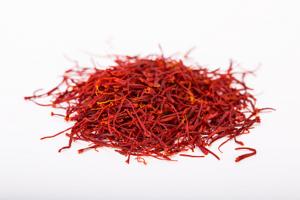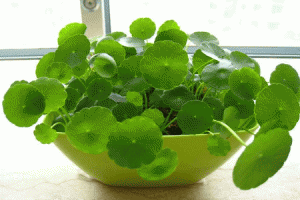Introduction
Planting pecan trees can be a rewarding experience, but it can also be challenging if the land is not square. However, with the right planning, preparation, and care, you can plant pecan trees on any shaped land. In this article, we will provide you with all the essential information and steps to follow to plant pecan trees on irregular land shapes.
Step 1: Evaluate the Land
The first step to planting pecan trees on irregular land shapes is to evaluate the land's soil and irrigation availability. Pecan trees require well-drained soil that can hold moisture and have good aeration. It's essential to test the soil pH levels, which should ideally be between 6.0 and 7.0. You should also check the land's irrigation availability to ensure that the trees have adequate water supply throughout their growth periods.
Step 2: Choose the Right Pecan Tree Varieties
Pecan trees are available in different varieties that tolerate different climatic conditions, soils, and land shapes. Before planting, research and choose the right pecan tree variety that suits your land's specific growing conditions. Some of the popular pecan tree varieties include Cape Fear, Desirable, Elliott, and Pawnee.
Step 3: Spacing and Planting
Spacing and planting are critical when planting pecan trees on irregular land shapes. Ideally, the pecan trees should be spaced at least 40-50 feet apart to allow enough room for their root systems to grow without competition. However, if your land's shape doesn't allow for such spacing, you can consider planting dwarf pecan trees that require less spacing.
When planting, dig a hole that is deep enough to cover the pecan tree's root system and wide enough to allow for root growth. Ensure that you plant the trees straight and backfill the hole with soil, firmly pressing the soil around the tree.
Step 4: Fertilization and Irrigation
Pecan trees require regular fertilization to maintain healthy growth and high nut production. You can use organic or chemical fertilizers to provide the trees with the necessary nutrients. When fertilizing, ensure that you follow the recommended quantities and timing to avoid overfertilization, which can damage the trees.
Additionally, pecan trees require adequate irrigation, especially during their growth periods. You can use drip irrigation systems to provide the trees with a steady water supply, reducing runoff and water waste.
Step 5: Pest and Disease Control
Pests and diseases can be a major challenge when planting pecan trees. Regular monitoring and control measures are necessary to prevent damage and loss of trees. Common pecan pests include pecan weevils, aphids, and stink bugs, while diseases include pecan scab and powdery mildew.
You can control pests and diseases by using organic pesticides, regular monitoring, and tree sanitation practices such as pruning, removing infected materials, and maintaining optimal environmental conditions.
Conclusion
Planting pecan trees on irregular land shapes can be a rewarding experience if you follow the above steps and maintain proper care and management practices. Remember to evaluate your land's soil and irrigation availability, choose the right varieties, space and plant the trees, provide adequate fertilization and irrigation, and control pests and diseases. With these measures in place, you can enjoy a bountiful harvest of healthy pecan nuts.

 how many times do yo...
how many times do yo... how many planted tre...
how many planted tre... how many pine trees ...
how many pine trees ... how many pecan trees...
how many pecan trees... how many plants comp...
how many plants comp... how many plants can ...
how many plants can ... how many plants and ...
how many plants and ... how many pepper plan...
how many pepper plan...






























